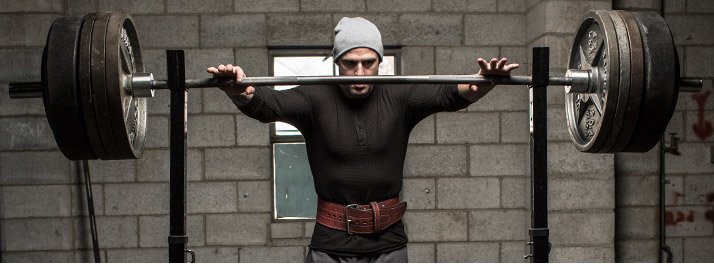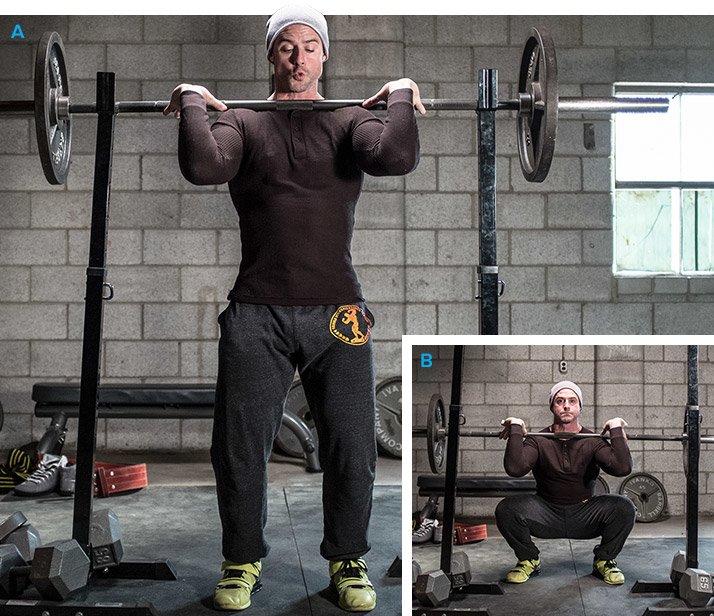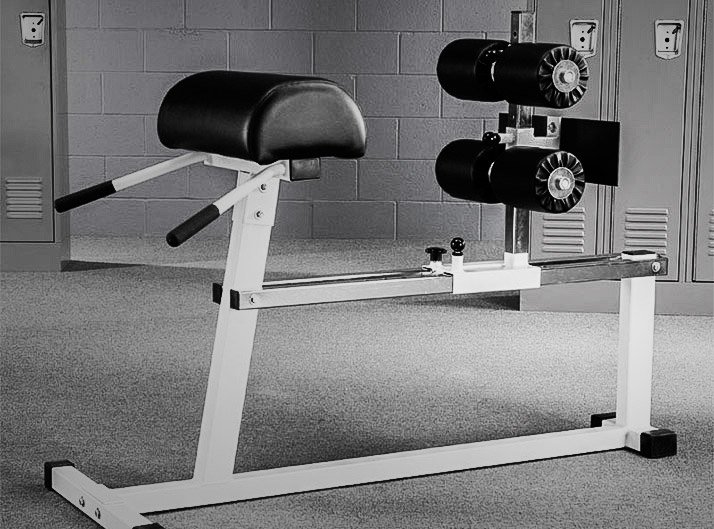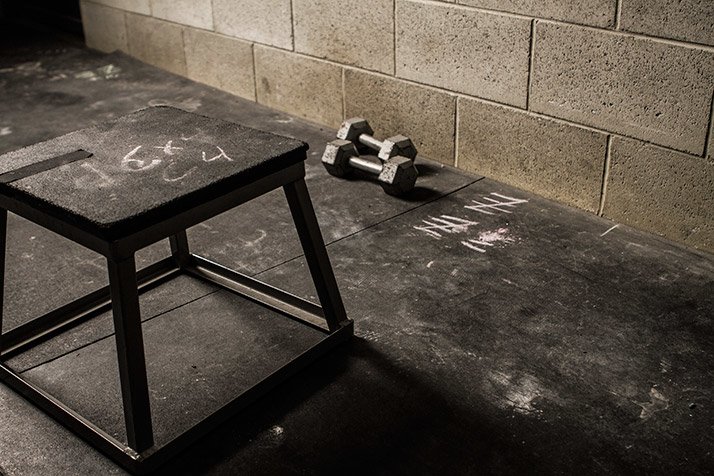
Posterior Chain Gains: Your Secret Key To Strength!
You'll never build your dream physique or develop remarkable strength if you only train your mirror muscles. Build a powerful posterior chain with these essential exercises!
Green lifters and bodybuilding newbies focus almost exclusively on the mirror muscles—chest, arms, and abs—during their initial gym efforts. But before long, most people realize that to take a big step in strength, you need to focus on the muscles you can't see. And that means strengthening your posterior chain.
"Posterior chain" is a phrase straight out of an exercise physiology textbook, but you don't need an advanced degree to understand its meaning. It's easy, in fact: Think of it as the muscle groups that run down the rear of your body, starting with the traps and rear deltoids at the top, down through the lats to the erector spinae, to the glutes, hamstrings, and calves.
All these muscle groups are linked via tendons and ligaments, like a chain, and together they're the key to explosive strength. Picture the muscles of the posterior chain "lighting up" as you perform a deadlift, for instance. As the bar separates from the floor, the calves, hams, glutes, and core illuminate, followed in turn by the lower back, then upper back and traps as you approach a standing position and shift your shoulders rearward at the top.
During the squat, each segment of the posterior chain engages (as well as the quads), but just one weak link in the chain will compromise your form and your ability to handle more weight. That's why posterior-chain development is essential to building a strong and well-rounded body.
Power Up Your Posterior
How do you know if your posterior chain is holding back your overall strength and development? Start by checking your squat. Can you do a full squat correctly, descending to at least parallel (if not below) before driving hard out of the hole? Have you been stuck at a weight plateau for a few months? Or, worse yet, have you avoided squats altogether because you find them uncomfortable (i.e., very difficult)?

If so, it's time to rectify the situation. You'll never improve by ducking the essential movements. In addition to squatting and deadlifting on a regular basis—at least once a week, if not more—consider these four essential ancillary-strength movements, all of which directly target the lower body and posterior chain.
In my younger days, I never did front squats, and that was a huge mistake. These bad boys really engage your lower body, especially the deeper you go. Yes, they tend to emphasize your quadriceps, but because you have to keep a load upright in front of your body, they also demand a lot from your back. This additional demand makes them great for posterior-chain development.
Front squats might not seem like the obvious choice versus wide-stance squats, but in terms of core stabilization—especially for those who need to improve a weak back—they're especially beneficial over time. I'll concede: My best gains came when I was doing front squats five times per week.

Front squat
How To: Set the pegs in a power rack just at or below mid-chest level, and place the safety bars at a level between your hips and knees. Step up to the bar, crossing your arms to cradle it at the intersection of your front delts and upper chest. With your chest up, core tight and eyes focused forward, step back into a shoulder-width stance.
Bend at your knees and hips as if sitting in a chair, lowering yourself until your thighs are parallel to the floor or below, then reverse direction by driving through your heels and pressing your hips forward to return to a standing position.
Alternatives: Smith-machine front squat, dumbbell or kettlebell front squat (weights in rack position)
If you're familiar with my previous writing, you know I'm a lunge maniac. In my opinion, there's no better exercise for general physical preparedness (GPP) than a walking lunge. The endurance and glute activation you get from consistent lunging is unreal and can be especially beneficial for sports and strength athletes. Personally, I do 400-meter walking lunges for 8-12 minutes, five times per week.
How To: From a standing position, hold a pair of dumbbells—you can alternately use kettlebells or place a loaded barbell across your back—and take a long step forward with one foot into a lunge. Bend both knees to lower your torso toward the floor, making sure your front knee doesn't pass your toes at the bottommost position.
Stop just short of your rear knee touching the floor, then drive through the heel of your front foot while bringing your rear leg forward until you reach a standing position. Then step with the opposite leg forward into a lunge, continuing this alternating pattern down the floor for reps, distance, or time.
Alternatives: Stationary lunge, reverse lunge, around-the-clock lunge
Don't mistake these for mere back extensions—this is a hardcore bodyweight leg curl with tremendous hamstring activation. With your feet anchored, you'll bring your body from a position parallel to the floor, and using the power of your hamstrings and posterior chain, bend at the knees so that an invisible line from your knee to your head goes nearly perpendicular to the floor at the top of the movement.
Glute-ham raises are a true test of strength and mettle; on the days they feel easy, I know I'm ready for anything. I love this movement so much, I have a glute-ham machine in my basement.

How To: Start by doing this on the floor. Have your partner hold down your ankles; you might need a pad beneath your knees. Begin with your upper body and thighs aligned and perpendicular to the floor. Cross your hands over your chest. Slowly extend at your knees by lowering your torso downward—keeping it straight—as far toward a parallel position with the floor as you can muster; use your hands to aid yourself against the floor if necessary. From there, flex your hamstrings to lift your body back to vertical.
Alternatives: This can also be done on the aforementioned glute-ham machine, in which case you don't need a partner. Make sure you keep your body inline from knees to head; don't bend over at the waist at the bottom of the movement. This can also be done with added weight.
These step-ups are a more recent addition to my regimen. They fire up the glutes big time and target your legs individually, building explosive strength in each. I use a 24- to 30-inch box and go higher volume, doing sets up to 20 reps. This is great for well-rounded posterior-chain development.

How To: You can do these holding either a dumbbell or kettlebell in each hand or a barbell across your back. Stand in front of a step, bench, or platform high enough that when you put your lead leg up, your thigh is parallel with the floor. Starting with your feet in a comfortable hip-width stance, step forward with your left leg onto the step and drive through that side glute and thigh to lift your body upward.
Bring the trailing leg to the top of the step without letting it touch fully down on top, then return along the same path to lower your right leg to the floor. Repeat for 12-20 reps, then switch legs.
Alternatives: Lunge onto a box, weighted-vest stair climbing

